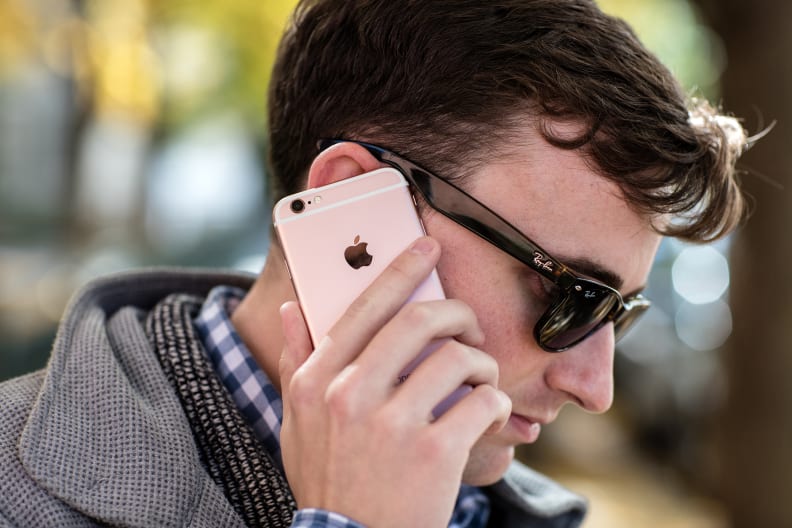It's Official: The Two-Year Contract Is Dead
But with contracts gone, are mid-range phones in danger?
 Credit:
Flickr user "jeepersmedia"
Credit:
Flickr user "jeepersmedia"
Products are chosen independently by our editors. Purchases made through our links may earn us a commission.
You remember the good ol' days, right? Being handcuffed to a single wireless carrier for a couple years, desperately waiting for the day when you're "due for an upgrade."
Then you'd just sign a new contract and do it all over again. But why? Because we convinced ourselves that we were getting a new phone for just $200 (or less), conveniently ignoring the hidden fees that left most people paying significantly more.
But with Sprint finally doing away with two-year contracts this week, we can all let out a deep sigh of relief.
Sprint is the last of the four major carriers in the U.S. to eighty-six two-year contracts for new customers. A few years ago, T-Mobile dragged the rest of the industry into a new epoch by framing the change the best way it could: When all is said and done, you, the consumer, are on the losing end of these contracts.
And they were right. Two-year contracts duped people into thinking that a brand new, top-notch smartphone cost just a few hundred dollars, at most. The carriers apparently "ate" the rest of the cost to entice you to sign up, but in reality they feasted on fees for the next two-plus years.
{{amazon name="Motorola Nexus 6 (64GB, Midnight Blue)", asin="B00R1984I8", align="right"}} The new dynamic isn't that much different. Instead of a two-year contract where the carrier subsidizes the cost of the phone up front, now the major carriers are selling monthly payment plans. Take the cost of a new phone, break it up into 24 monthly payments, and then add on whatever data, minutes, or text packages you want.
What are you left with? A new phone, a monthly bill, and two years until you get to do it all over again. The difference is that while you can buy phones outright and the costs are much clearer, you don't have to put any money down to get the new phone. And that spells serious trouble for mid-range and low-cost phones.

Sorry, wrong number.
Imagine this: You’re in the Verizon store and you’re hunting for a new phone. You come upon a shiny new iPhone 6s for about $26 per month for 24 months, with no money down. Your eyes move down the line to the more affordable options; they’re pretty good, but they're not an iPhone, and they cost about $15 per month.
What do you do?
Even though you'd eventually spend hundreds of dollars more on the iPhone, most shoppers will look at it as just a few dollars more per month—especially when it costs nothing up front. When the dollar difference between an iPhone and a budget-friendly Android or Windows Phone device is basically a Netflix subscription, many will go with the iPhone.
{{amazon name="Apple iPhone 6s (64GB, Gold)", asin="B015E8U6EM", align="right"}} Of course, not everyone will opt for the monthly payment. An increasing number of phones are available unlocked, meaning you can buy them outright and take them to your carrier of choice. Some of these phones, like the very capable Motorola Moto E, can be had for $150 or less. That price stands in stark contrast to the $650 you'd pay for a base model iPhone 6s.
Second-tier carriers are also becoming an increasingly attractive option. Commonly referred to as MVNOs (Mobile Virtual Network Operators), they piggyback on the big four carriers' networks and often offer far cheaper rate plans. If you're afraid of ditching AT&T or Verizon because you love their network, there's good news—you may be able to jump ship without giving up that coverage.
Regardless, ending two-year contracts is still a big win for consumers. Without a contract, consumers have the freedom to move from carrier to carrier if they find a better deal, and have a better idea of what they're actually paying for each month. It may be the end of an era, but it's one we're happy to see come to a close.
Related Video
{{brightcove '4611100028001'}}


